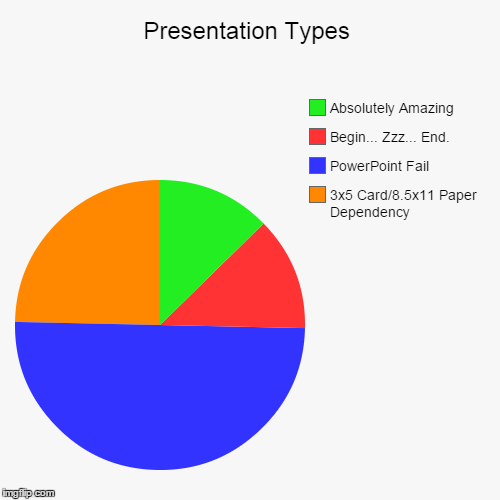Shoemaker and Russo discuss the hazards associated with "frame blindness" and how to guard against it. Discuss three ways you can avoid "framing traps" and provide a detailed example of each from your life experience. Could you have framed each situation differently? What did the exercise teach you about complex decision-making? What additional tools or "frames" would've helped you through the process? How much "risk" do you feel was in your recommendation? What did you learn about yourself through this exercise?
Framing theory suggests that how something is presented influences the choices people make. Frames are abstract notions that serve to organize or structure social meanings. This way of thinking is the reciprocal of rational choice theory, the process of determining what options are available and then choosing the most preferred one according to a consistent criteria,
There are three types of frames:
- problem frames generates solutions;
- decision frames decided amongst clear alternatives; and,
- thinking frames utilize deeper mental structures by relying on years of experience.
At work, it may be necessary for me to alert students who are under a certain amount of credit hours that they cannot stay in residential housing on campus. This is a policy which all students are aware of, but we do always have students who believe they will slip through the cracks. When there is a student who has struggled for a few semesters and is now either under credit hours or is taking none, I need to confirm this with them and give them the opportunity to prove their level of credit hours or they must find off-campus housing or return home.
As a student affairs professional, it is my preference to see that all students are taking the necessary amount of courses to stay at the University. However, none of the correspondence I must make is the first. Not only have these students been notified by their advisors and colleges that they were suffering academically and needed to seek resources, they have ignored emails stating they were expelled or suspended.
As a college student, I had many classmates simply disappear after weeks of apathy and absence in courses. I always wondered what their plan was. Were they going to submit all of their homework by email? Make A+ grades on every test and final? Beg for mercy for a D+? Or did they know more than we all did? Did they realize that a lackadaisical attitude was the easiest way to "get out of the rat race" and pursue goals that had nothing to do with higher education?
I can only imagine that many of these students have been on academic probation for a good deal of time and hid this information from their parents. How difficult it must be to confront the truth of their actions, when so much emotion and money has been invested.
Though I am not a parent, I can only imagine the loss I would feel if my child called me after several moments of starting their higher educational pursuits, that they were dropping out of college. I realize many parents sacrifice a great deal to send their children to school, taking on extra hours at work or going without desires to guarantee that the tuition was paid in full. Many have even taken out second loans on their homes or made daring financial decisions that will affect them for years to come.
However, as a professional, it is also my desire to make sure they are not acquiring debt when they are not dedicated to acquiring a degree in the process. It would be most unjust for us to charge them for a college education without them being able to benefit from one. In the long run I know it is better to have been the representative to say that the student cannot hide any longer behind hoping that no one will notice their failure, and allowing them to find a more definite route to success than to lay stagnant in place of educational development and progress.
We can avoid frames by:
- Making sure we do not immediately accept the initial frame in our minds;
- Seeing problems in a neutral manner by replaying the possible decisions and balancing games and losses from different standpoints (Hoch & Kunreuther, 2005); and,
- Getting recommendations from others and examining the way they frame problems, and challenging them to see their possible decision from multiple standpoints
References
